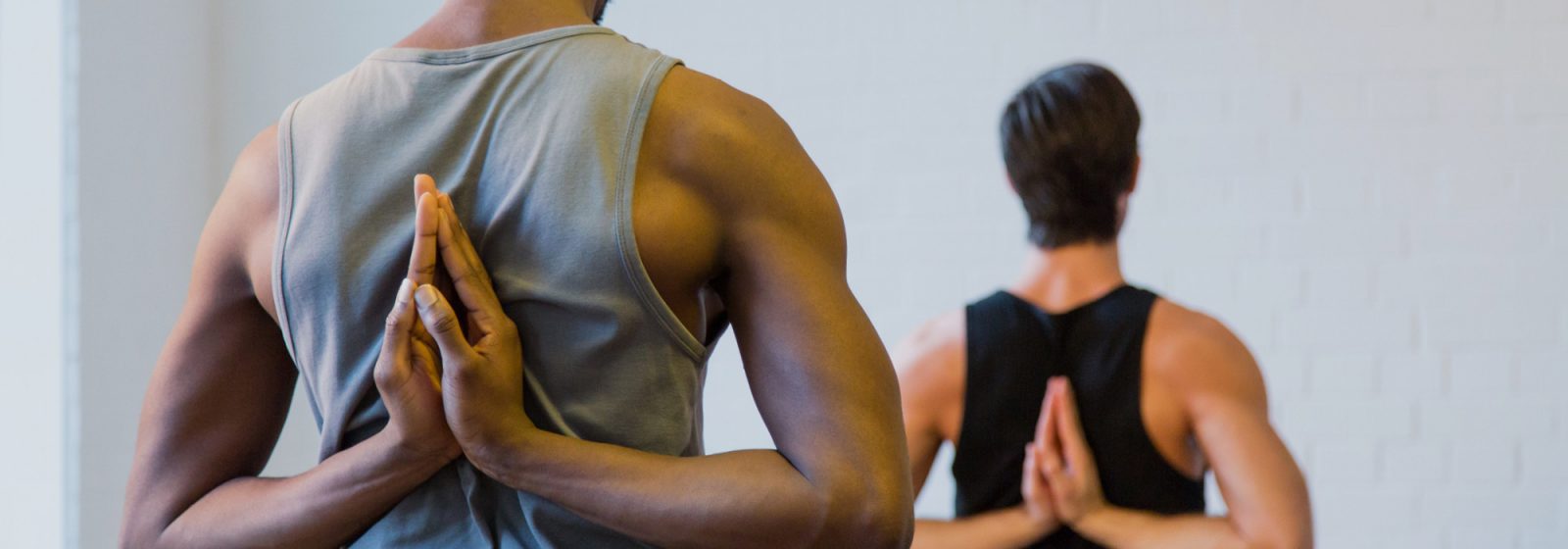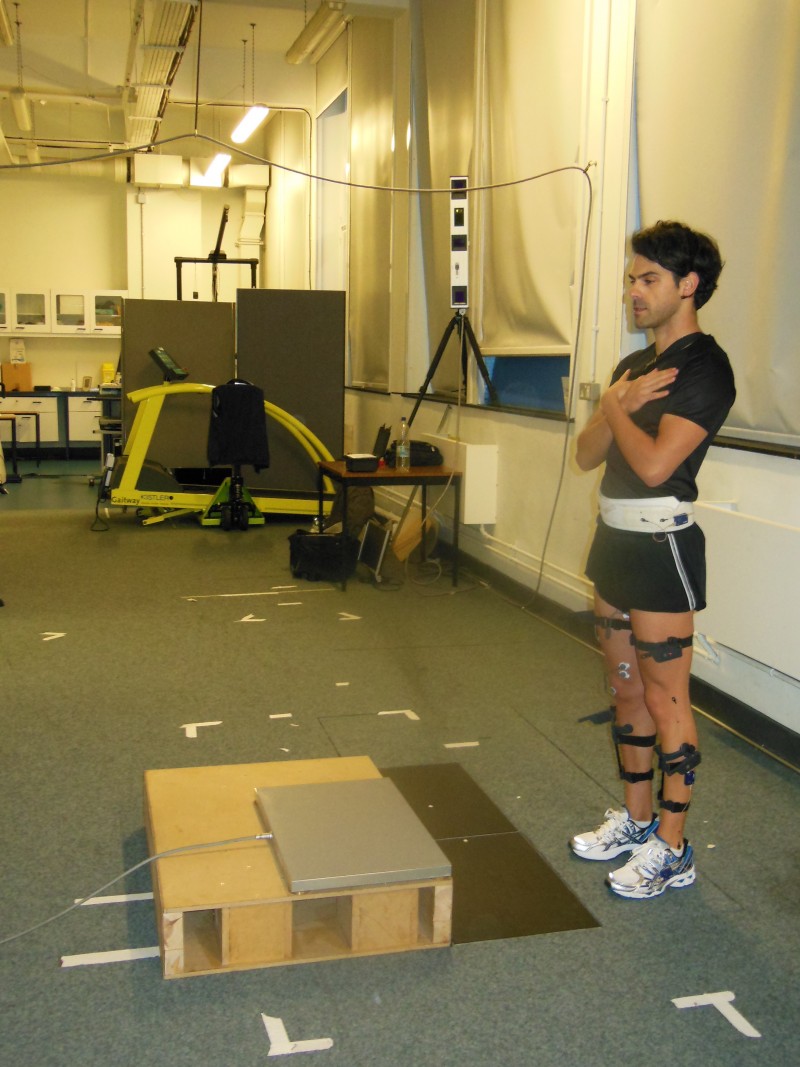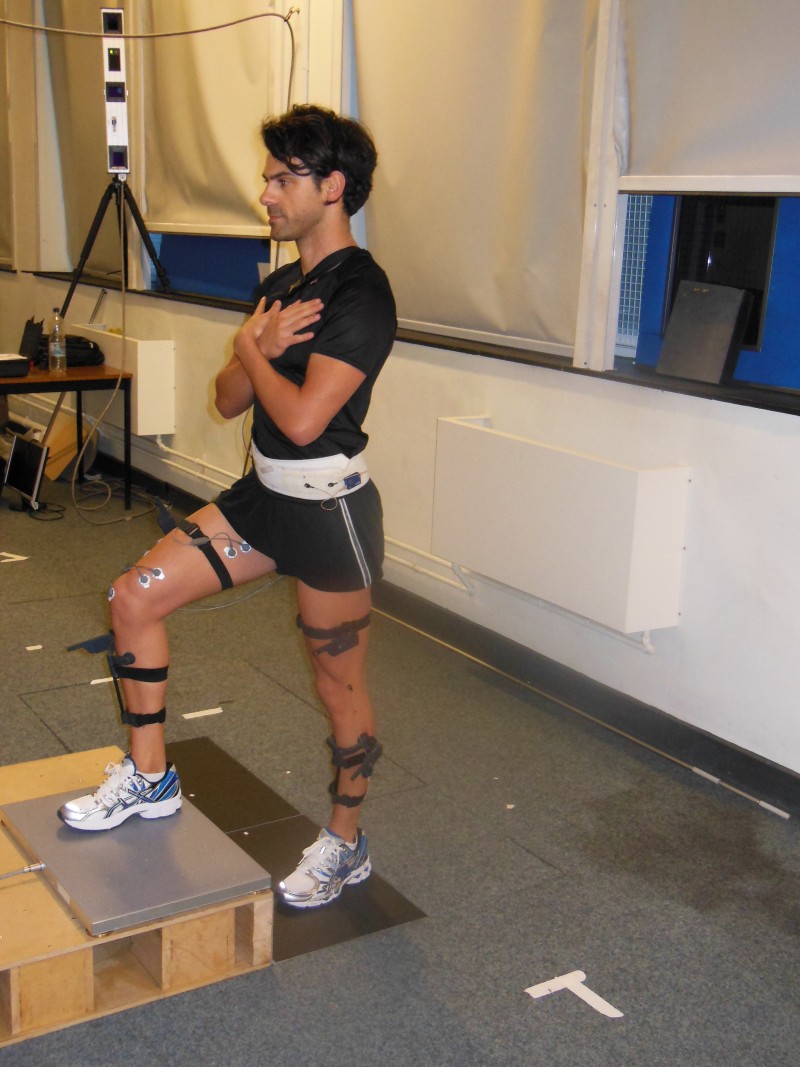Physical exercise is considered necessary to maintain a healthy lifestyle.
According with the American College of Sports Medicine guidelines, most adults should be involved in moderate-intensity cardiorespiratory exercise training. Indeed being actively engaged in training has been shown to prevent cardiovascular disease and obesity. However, is it also well known that the rate of sports injury is high. For instance, running is a popular choice of exercise, because of the convenience, health benefits and economical nature, nevertheless, there is general consensus that this activity is accompanied by a high rate of injuries, with reported incident rates varying between a minimum value of 11% and a maximum of 92.4%. Some examples of running injury are: patella-femoral pain syndrome, ileo-tibial band friction syndrome, Achilles thendinopathy, medial tibial stress syndrome. Other sports activities which require performing repetitive rotational movements of the trunk can potentially lead to lower back pain. Shoulder pain is common among athletes exposed to overhead activity such as volleyball. In this sport a common pathology is the infraspinatus muscle atrophy. While elbow injuries such as, lateral or medial epicondylitis are largely diffused among golfers, tennis, baseball, water polo players.
Generally, in order to prevent sports injuries, it is important to take into consideration the balance between periods of intensive training and rest. Indeed, the majority of sports injuries are stress-related, due to overuse and repetitive motions. Biological tissues are able to adapt to the level of stress placed upon them if the applied stress force is below the tensile limit of that tissues and if sufficient time is provided to the tissues for their remodelling phase. One of the most important types of stress acting on human body during sports activity is the impact force. This is defined as a force resulting from a collision of two bodies over a relatively short period of time. Impact forces possess different magnitude depending on the activity performed, for example: during slow walking impact force magnitude is only slightly higher than the body weight, but, during running it can increase up to 5 times the body weight. Impact forces are, indeed, associated with overuse running injuries. The musculoskeletal integrity is obtained and maintained through training that increases the muscle-activation pattern which, eventually, maximise body function and performance.
These pictures shows Rosario Marco during a biomechanical analysis of lower limb range of movement and  of impact forces production in stepping and jumping.
( 2012 Queen Mary University)
When an injury occurs the normal joint mechanisms are altered, this means that the structure of the injured joint may be disrupted and, consequently, the function of the joint is compromised. In addition, an acute trauma or an overuse injury that damage the biomechanics in one area of the body, can potentially lead to an alteration in structure and function of another distant site of the body.
Sports injuries are treated with ice application, painkillers (NSAIDs), relative rest and training modification. Manual therapy intervention can treat most sports related injuries. Manual therapy techniques are performed with the aim of restoring tissues health, improving function of the damaged area and preventing further complication and possible compensations the body, otherwise, may adopt in other areas distant from the original site of pain. Moreover, treatment may enhance strengthening, balance, and range of motion.
Evaluation of the injured athletes should consider details of when and how the symptoms started, the pattern of the symptoms including the timing and their duration and the precise location of the pain. In addition, it is important to investigate if the athlete has a history of any previous injury or if any predictors or predisposing factor for injury are present, such as, a training error like a sudden increase in the intensity of training. Physical examination is needed to evaluate biomechanical and anatomical factors which may have led to the injury presentation. This includes observation of gait and posture of the athletes looking for defects in alignment, presence of leg length discrepancy and foot morphology. Then, a thorough investigation of the painful area helps to find out which is the tissue causing the symptoms to develop.
Manual therapy treatment may involve techniques that focus on soft tissues such as muscles, tendon, ligaments, and joint capsule. Some of those techniques are: soft tissue massage, myofascial release, myotensive energy techniques. Other manual therapy techniques are applied to joints to increase the flexibility and the range of motion of the joint. Included in this group there are articulation techniques, joint mobilization and manipulation. The latter has been shown to give a rapid relief of pain and improvement in function most of all at the spinal level. Finally, an important aspect of manual therapy treatment is the prevention from injury recurrence in conjunction with education and advice provided to the athletes. Exercise rehabilitation is vital for the athlete to return to his/her specific sport and is gradually progressed to involve all functional aspects,including sport specific skills and directional changes.
To conclude, it is accepted that physical exercise is beneficial for healthy individuals and for those who have chronic conditions. However, the sports related injury rate is very high. The most common mechanism that causes sports injury to develop is overuse. Secondly, training errors may be considered as predisposing factors for sports injury. Manual therapy treatments can enhance the athlete body recovery improving tissue health, fluid dynamic, increasing range of motion and flexibility. A further significant part of the rehabilitation plan is the prevention from injury recurrence.




